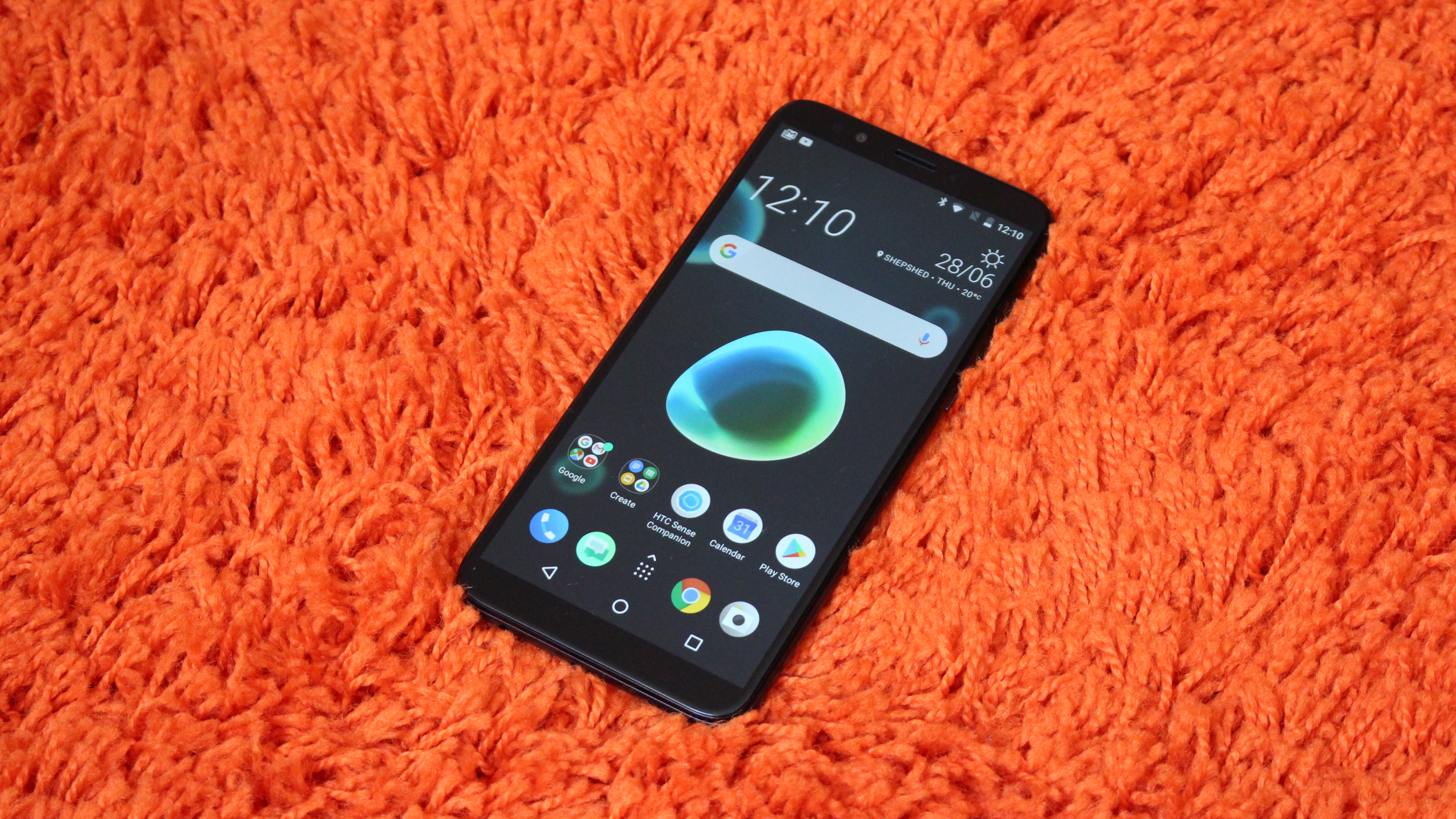TechRadar Verdict
With its fetching looks, large screen and dual-camera setup, the HTC Desire 12 Plus sounds impressive for the money. But the phone's shortcomings – such as a slow camera, plastic design and lack of some key features – make it harder to recommend when set against other increasingly competitive budget handsets.
Pros
- +
Large screen
- +
Decent performance
- +
Stylish appearance
Cons
- -
Sluggish camera
- -
No NFC or fast charging
- -
720p screen
Why you can trust TechRadar
HTC's low-cost Desire series has been resurrected this year with the Desire 12 and Desire 12 Plus, and both phones continue the proud tradition of offering solid specs at a lower-than-average price point, all wrapped up in a gorgeous design that wouldn't look out of place in the coveted flagship sector of the market.
With an able Snapdragon 450 chipset, 3GB of RAM, 32GB of storage and a roomy 6-inch display, the Desire 12 Plus has what it takes to impress on paper, especially at the £199 (around $265, AU$350) price point.
However, there are rival phones which offer even better specs for around the same price (or less) which means you're essentially paying for HTC's software and design skills more than anything else – both of which are admittedly above-average.

Design
- Lightweight and appealing design
- Acrylic bodywork is a fingerprint magnet
- No water or dust protection
Looking at the HTC Desire 12 Plus when it's lying flat on a table, you'd swear that it was constructed from glass, like a great many leading smartphones these days.
Weight: 157.5g
Dimensions: 158.2 x 76.6 x 8.4mm
OS: Android 8
Screen size: 6-inch
Resolution: 720 x 1440
CPU: Snapdragon 450
RAM: 3GB
Storage: 32GB
Battery: 2,965mAh
Rear camera: 13MP + 2MP
Front camera: 8MP
However, the moment you scoop it up it's obvious this is a budget device with premium aspirations.
The glossy rear is in fact fashioned from acrylic, which makes the phone feel light (it weighs just 157.5 grams) and slightly low-rent; however, it's just as much a magnet for fingerprints as a glass-backed device.
As the 'Plus' in the name suggests, this is what you might unkindly refer to as a 'phablet' in terms of size. It measures 158.2 x 76.6 x 8.4mm, but thanks to its modest weight and svelte profile it never feels too big during use.
Sign up for breaking news, reviews, opinion, top tech deals, and more.
The rounded edges make it easy to grip, but that acrylic rear panel can get slippery, so some kind of case might be a good idea. While we're on the topic of ruggedness (or lack thereof), it's worth noting that there's no water or dust protection of any kind.

The rear of the Desire 12 Plus is home to the fast and accurate fingerprint scanner, located just where your finger rests during normal use. Below this is a very subtle HTC logo, and above – in the top-left corner – there's the dual camera setup, along with an LED flash. Next to this is a single noise-cancelling microphone.
Flip the handset over and you'll find the front is dominated by the 6-inch IPS LCD screen, which offers an in-fashion 18:9 aspect ratio.
There are bezels at the top and bottom, but they're only marginally larger than those seen on the similarly-proportioned Samsung Galaxy S9 Plus.
The 2.5D glass allows for a slight curve around the edge of the display where it meets the main body of the phone, which further accentuates those pleasantly rounded corners.
The only negative to the design is that you can feel where the front and back panels 'join' with the plastic chassis of the phone; in an age of unibody handsets, this is more jarring than it perhaps should be.

The top of the HTC Desire 12 Plus is totally blank, while the bottom edge fits in the 3.5mm headphone socket, mono speaker, in-call mic and micro USB port – the latter being something of a disappointment, as most major Android phone makers have moved on to USB Type-C now.
On the left edge there's the dual SIM tray (which can also be used to insert a microSD card to expand your available storage) and on the right you'll find the power button and volume rocker. The former is made of textured metal, while the latter is plastic.

Display
- 6-inch IPS LCD screen with an HD+ resolution of 720 x 1440
- 18:9 aspect ratio is perfect for movies
The Desire 12 Plus’s 6-inch IPS LCD screen gives plenty of real estate for watching movies, playing games and browsing the web. It boasts a resolution of 720 x 1440, which in turn delivers a pixel density of around 268 pixels per inch.
Given that some budget phones around this price point have 1080p screens, it's a little underwhelming.
As the market becomes increasingly saturated with OLED-equipped phones, those with IPS panels have trouble standing out from the crowd.
That's the case with the Desire 12 Plus, too; while it's refreshingly clear with solid viewing angles, it looks noticeably dull when compared to the latest OLED screens seen on other handsets and brightness is lacking.
Still, colors look natural enough and contrast is decent, and HTC has even included a color temperature option in the settings, so you configure the display to your own personal taste.
The 18:9 aspect ratio brings the Desire 12 Plus in line with 2018's Android flagships, and makes consuming media content on the phone a real pleasure – although it's worth noting that there are still quite a few Android apps which haven't been adapted to fit tall and long displays.
